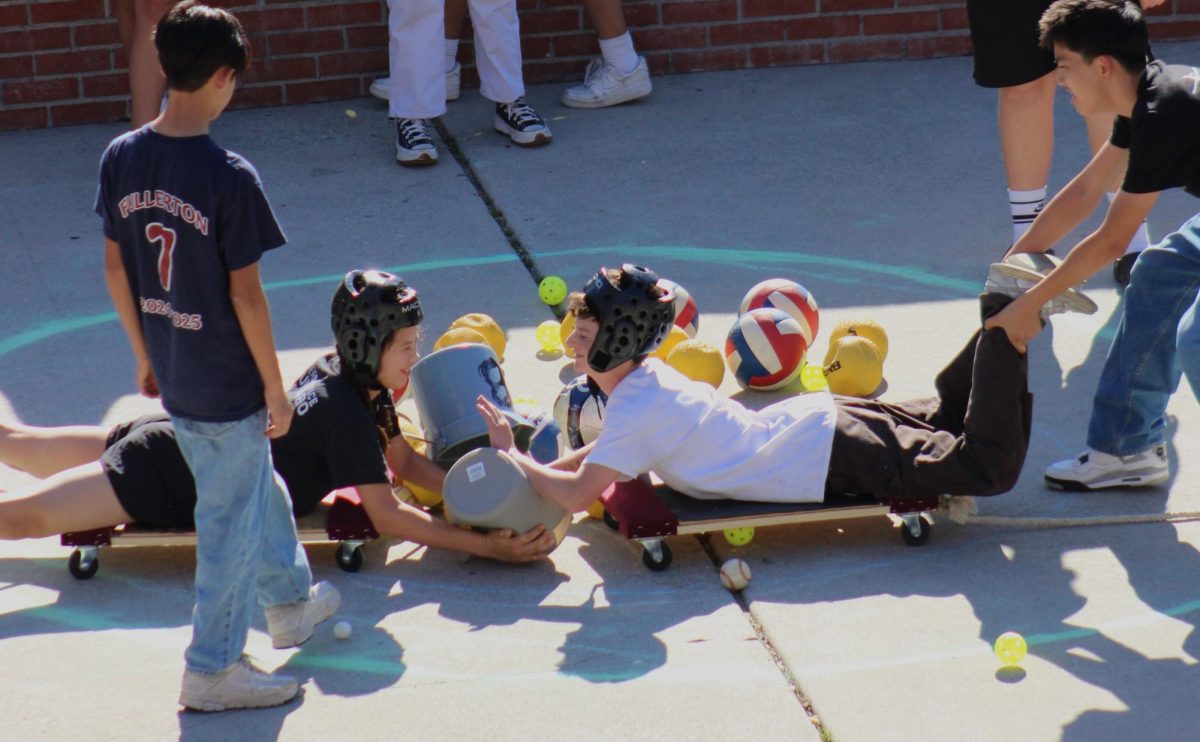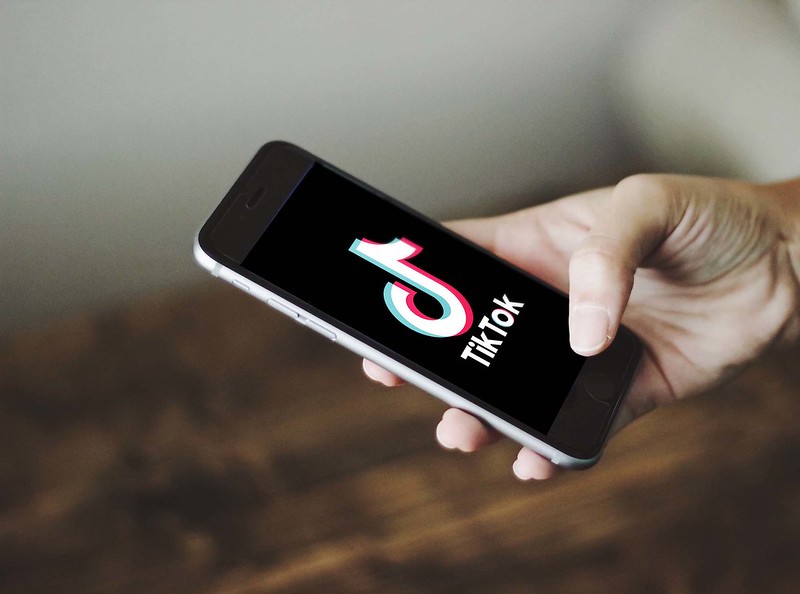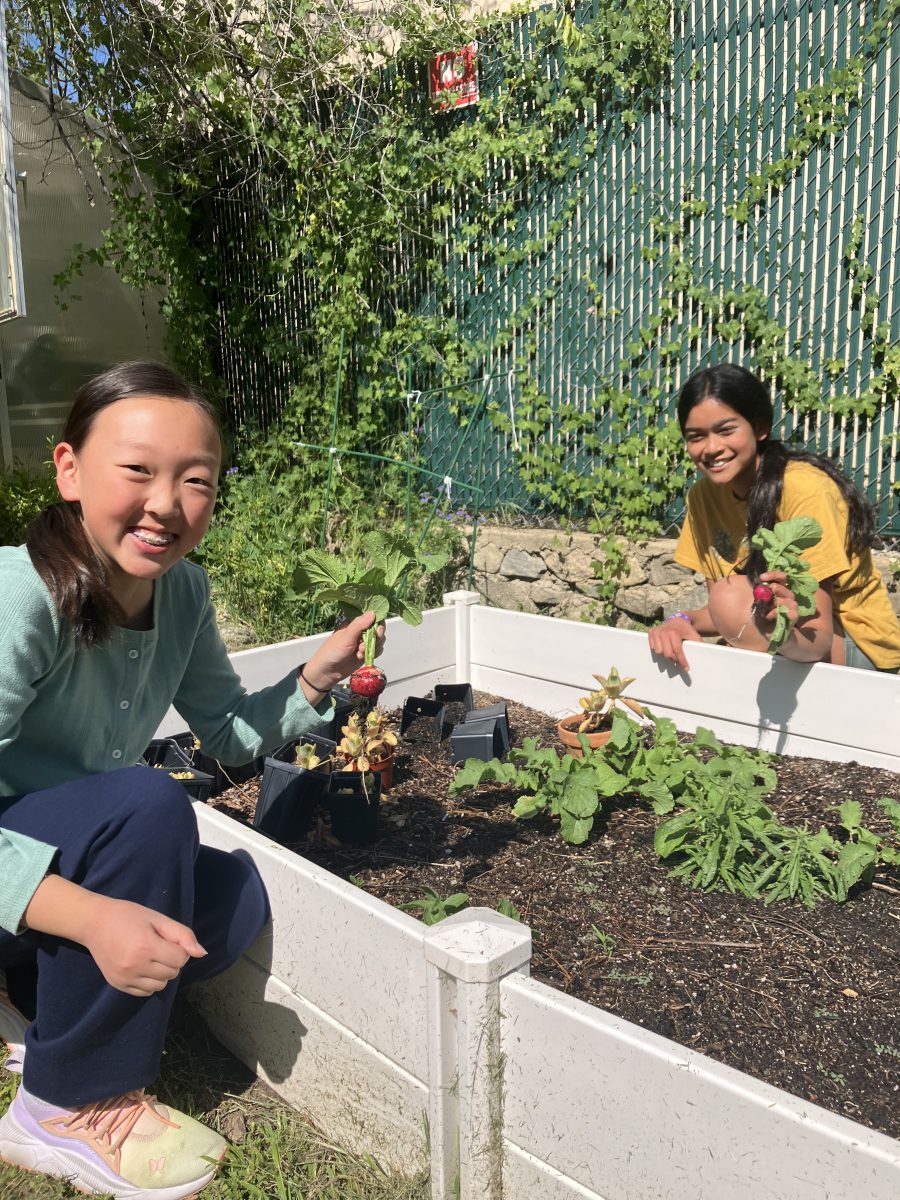The use of technology in schools is currently the subject of debate among education professionals, nationwide. Some say that the “correct” way to educate students is without the use of technology, specifically Chromebooks, while others say that Chromebooks provide valuable learning resources. For example, some Rosemont teachers said in a survey that they often refrain from using Chromebooks for their classroom assignments, because they want to make sure that their students don’t use AI. Similarly, like many English teachers that completed the survey, Ms. Castano said, “Writing assignments that I fear students might use AI, I have them do by hand.” On the other hand, other teachers also acknowledge that there are a lot of useful resources online that can help students better understand the topic they are learning.
Technology offers valuable resources that teachers can use for their lessons, and students can use to better understand the topic that they are being presented with, but also has its negatives with students being off task more often. As is the case with most thorny issues, the ideal solution is to take the best from both worlds. Chromebooks should not be overused. With hours of sitting behind a computer screen, student’s eyes can get tired, watery, their vision can get blurry, or they can start to have headaches (Kaur, Kirandeep et al.). When looking at the positives, Chromebooks can provide a different perspective in learning, and help students better understand what they are learning.
We can always improve and we should try to integrate technology in ways that are beneficial for students and teachers. Classes should not avoid technology altogether. It is not possible to tell exactly what education, jobs, and even how technology will change life in general in even five years. That is why we should be ready for whatever will happen with technology, by starting to prepare now. But the “old-fashion” way of education with just a simple paper and pencil does not have to go away. It can be a valuable resource, with writing by hand allowing for “…a better memorization of new words compared with typing which provided the advantage of writing more words.” (Ihara, Aya S et al.). Classes that are taught primarily online should try to incorporate some elements that are on paper, to improve the overall education of the class. Classes that are taught primarily on paper, with minimal online work should start to incorporate computer work to, again, improve the overall learning, and to prepare students for the reality of work where most jobs rely on technology.
Mr. Laing, 8th grade Assistant Principal, noted that , “It’s all about balance.” Our schools need to have both online and on-paper learning. When Rosemont teachers were surveyed about the use of technology in their courses, 17.8% of respondents noted that technology was a frequent source of distraction for students. While teachers can make creative and fun lessons, some students will be off task no matter what. 60.7% of surveyed Rosemont teachers noted that everyone zones out at some point. Rosemont 8th grade student Saskia Vroom said, “Lessons don’t necessarily have to be fun, they just need to be designed in a way for all students to be able to comprehend the lesson, and get the individual help they need.” Additionally, while GoGuardian can be a very useful and powerful tool, that does not mean that it is the only thing that teachers are relying on for their students to not be off-task when working on their Chromebooks.
As with AI, students should be taught how to use AI responsibly, not being taught to avoid it. Mr. Laing said that this is the reason why ChatGPT is not blocked on Rosemont Chromebooks: “We actually need to teach students how to responsibly use AI.” Either way, AI will keep advancing, and there is nothing the school administration can do to influence that. The key is to teach students how to use AI responsibly not only in their school and educational careers, but also after that, in their jobs, during their professional careers.
While this article will most likely not change anything, in an ideal world, the work would be balanced between computer work and learning on paper. The district should support teachers in finding ways to integrate both types of learning into their classes, no matter what class they teach. That way, students can improve their test scores, grades, and have a better chance to get a good job in the future.
References:
Kaur, Kirandeep et al. “Digital Eye Strain- A Comprehensive Review.” Ophthalmology and therapy vol. 11,5 (2022): 1655-1680. doi:10.1007/s40123-022-00540-9
Ihara, Aya S et al. “Advantage of Handwriting Over Typing on Learning Words: Evidence From an N400 Event-Related Potential Index.” Frontiers in human neuroscience vol. 15 679191. 10 Jun. 2021, doi:10.3389/fnhum.2021.679191

















